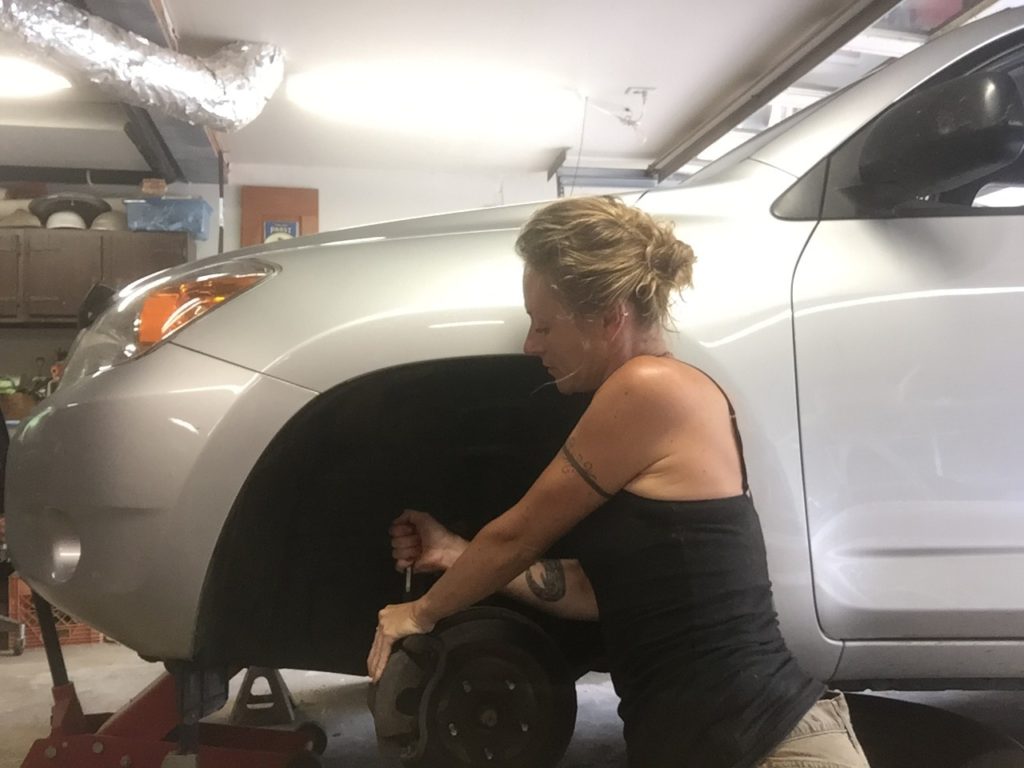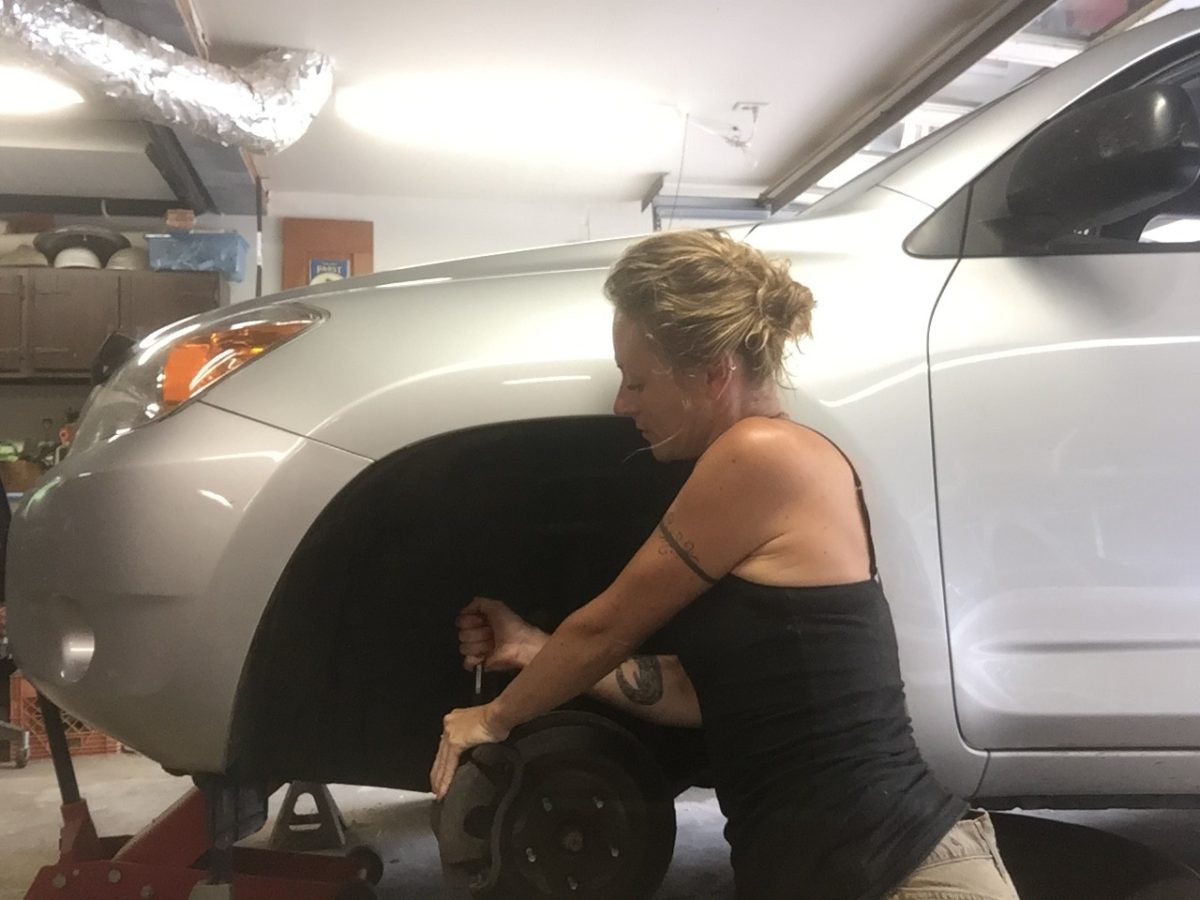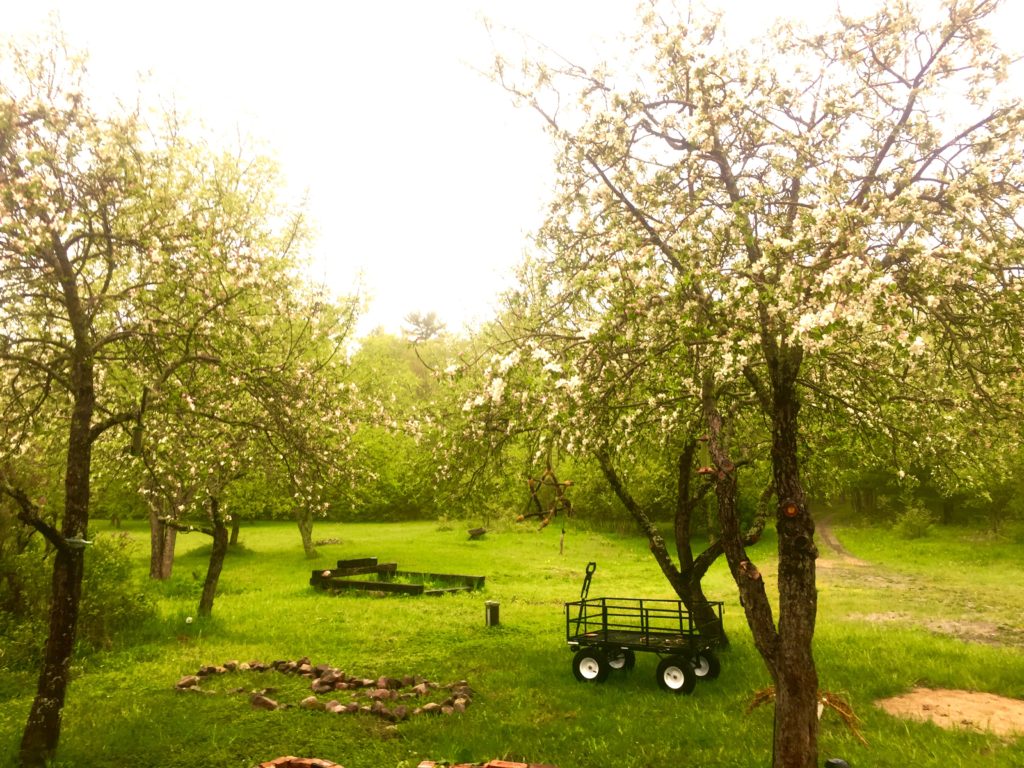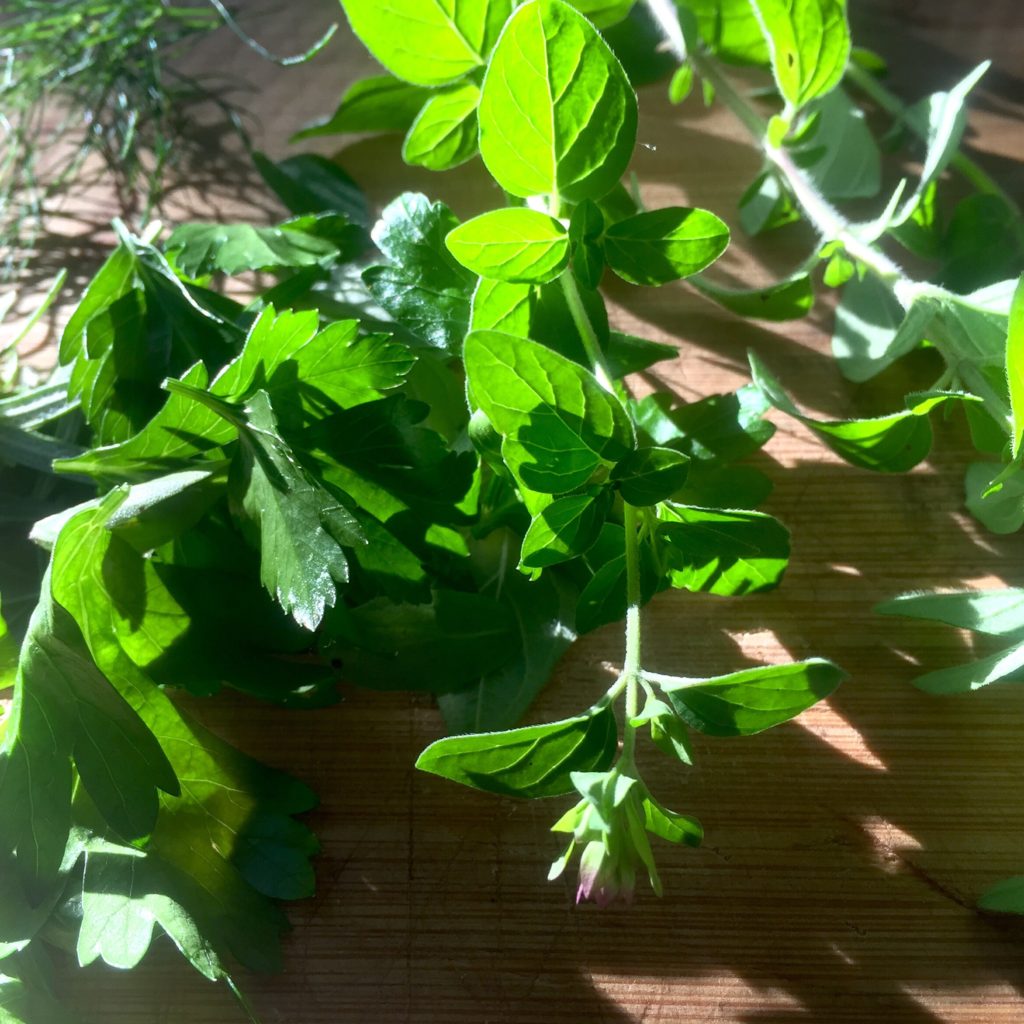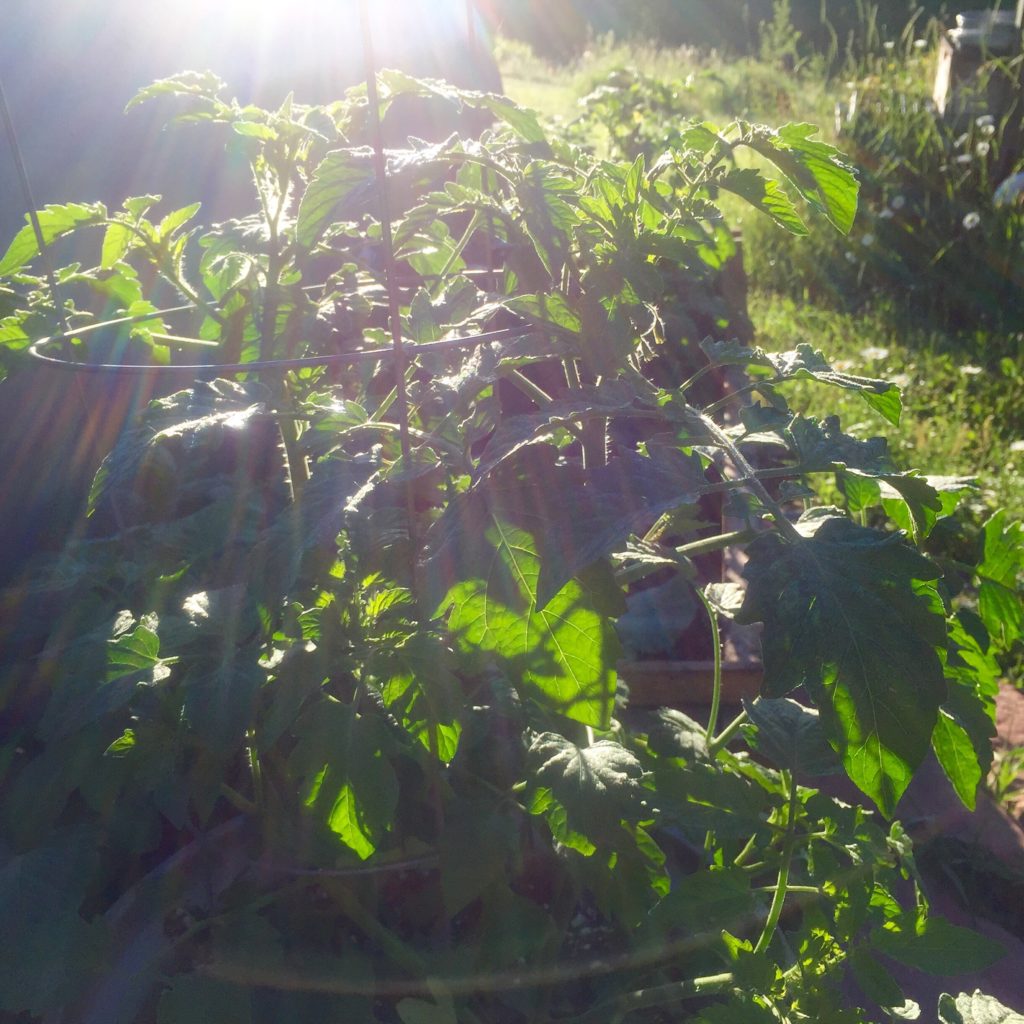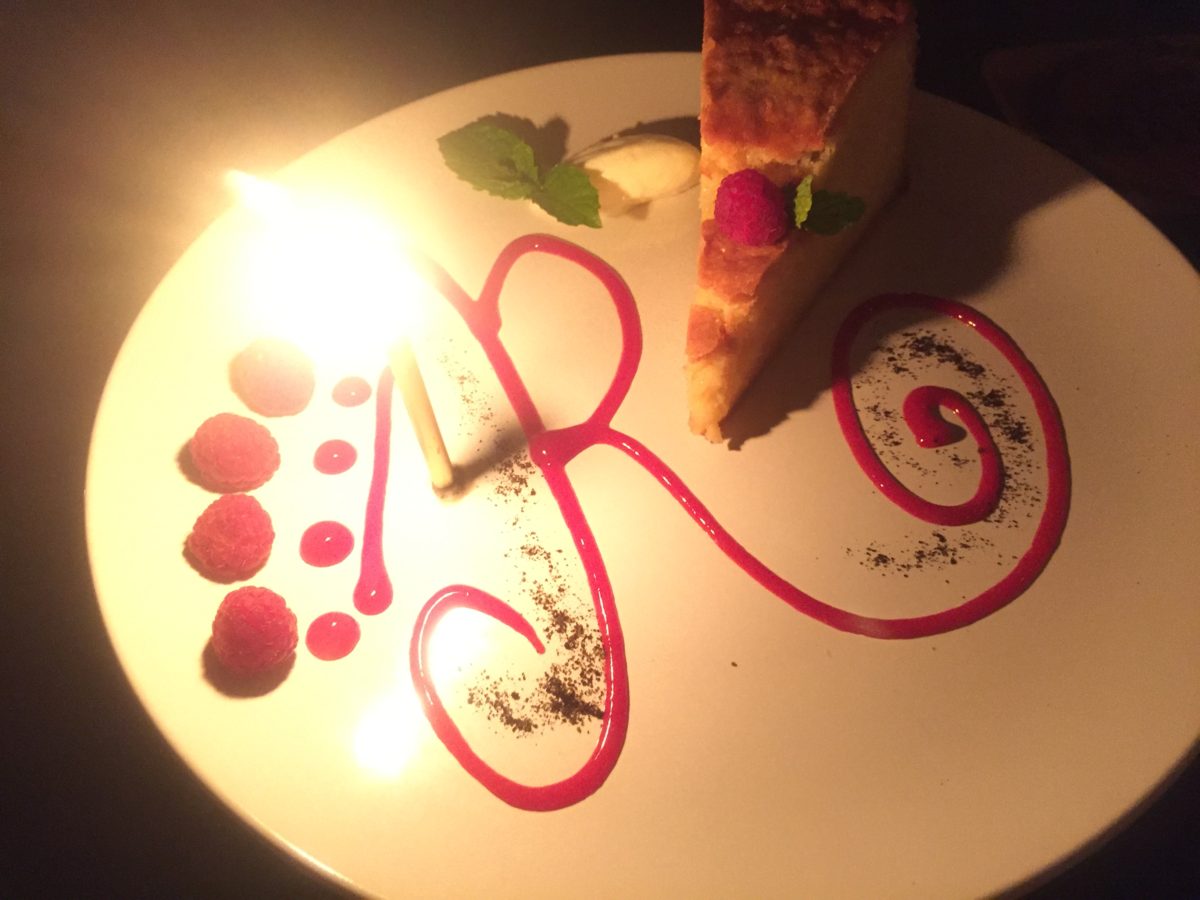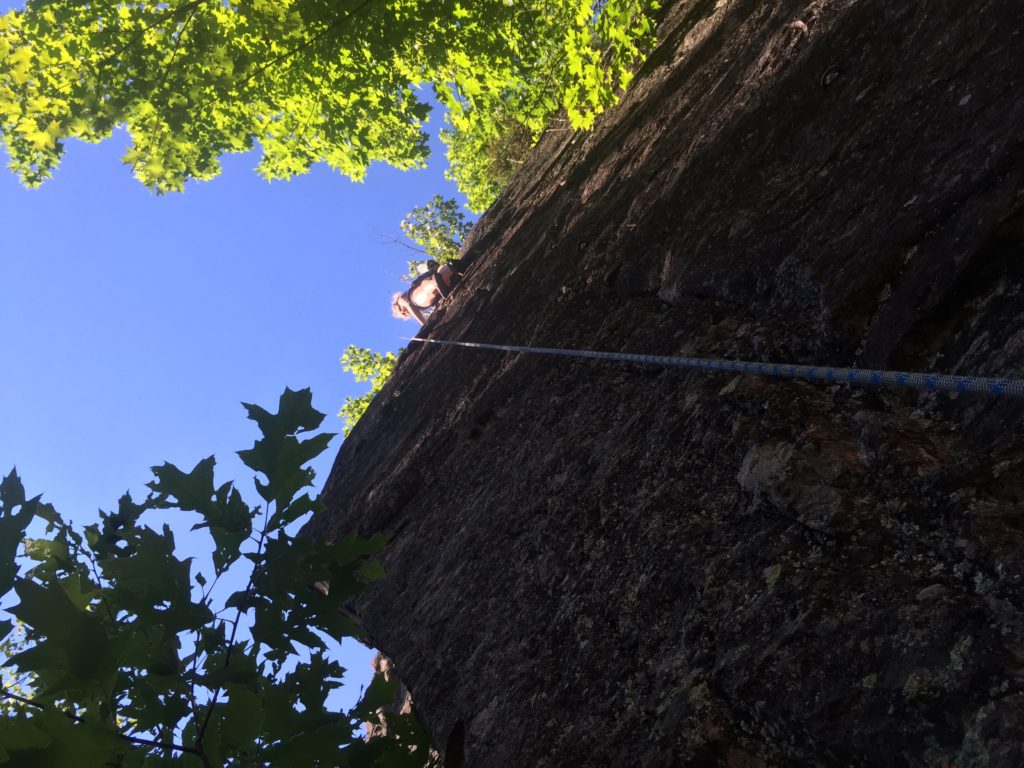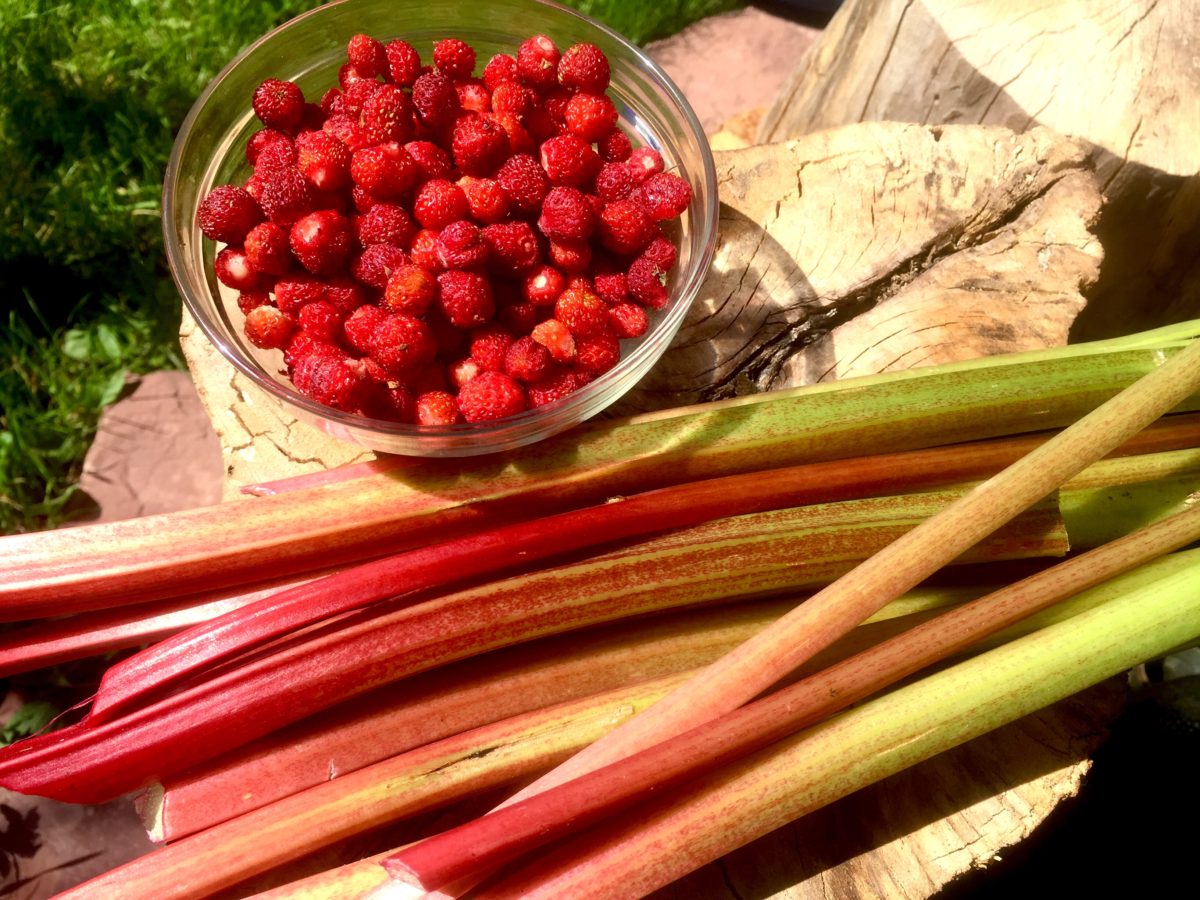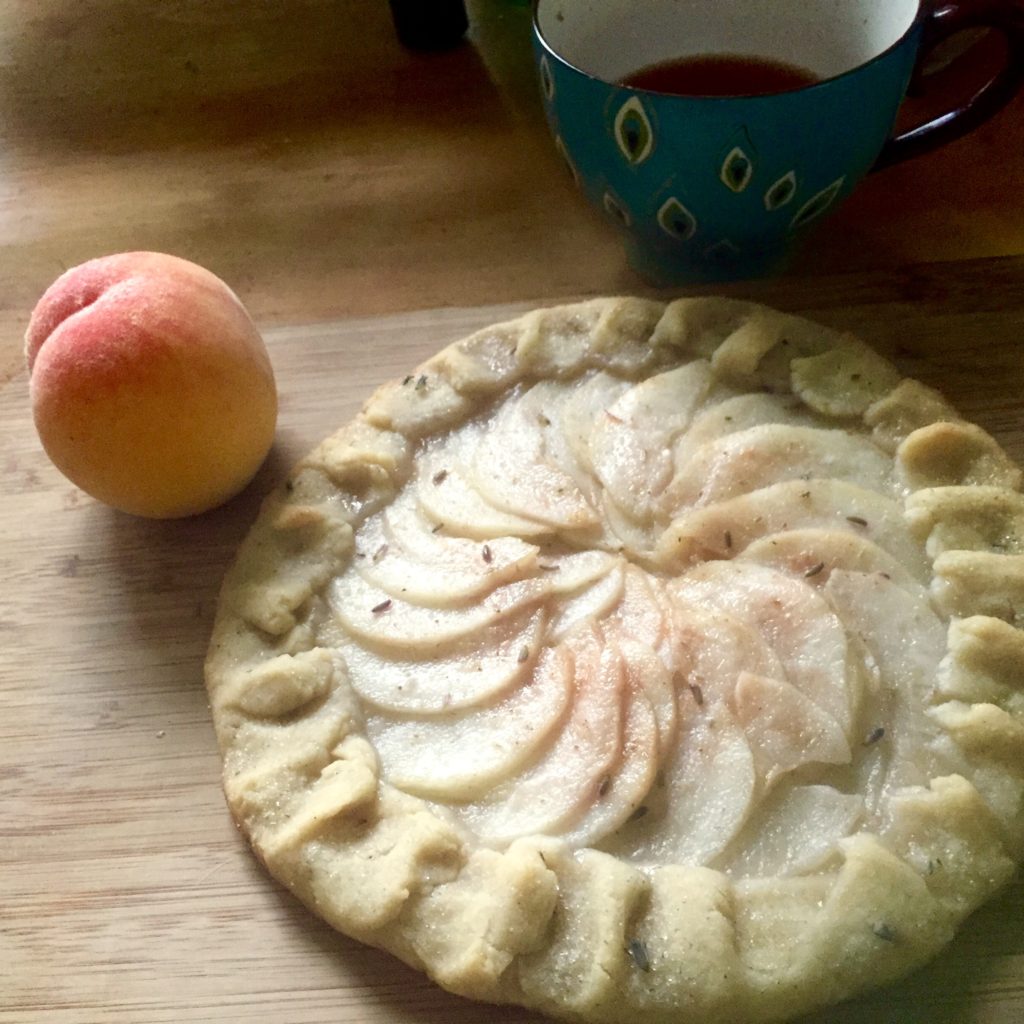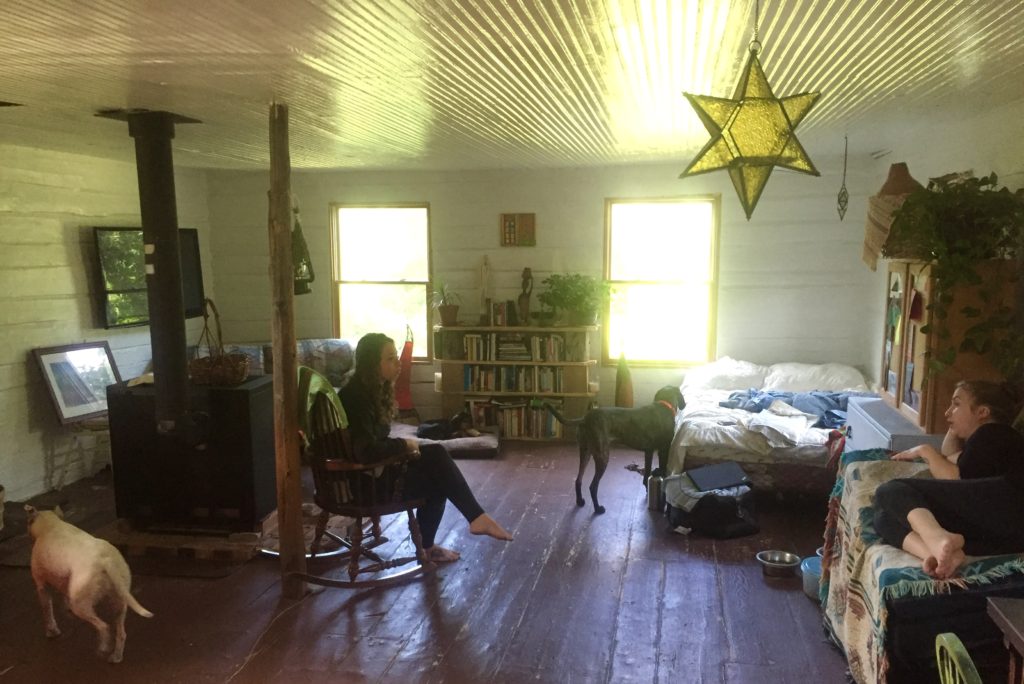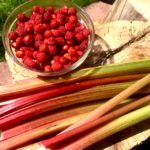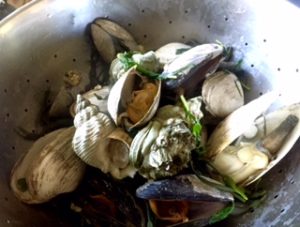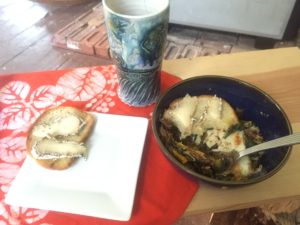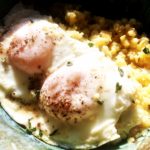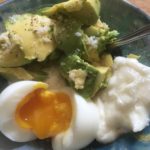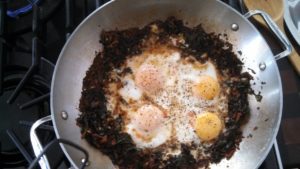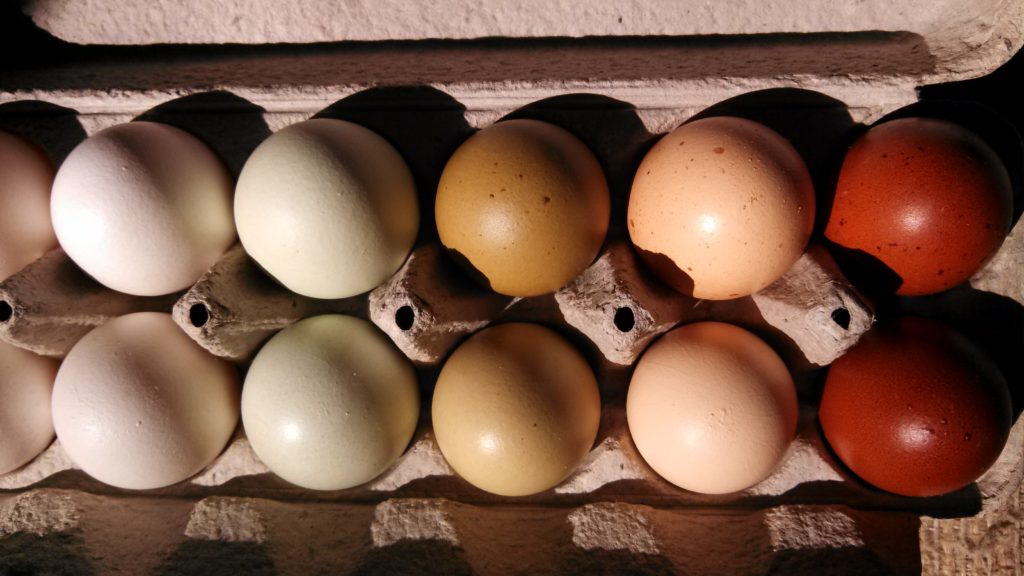The Mechanics
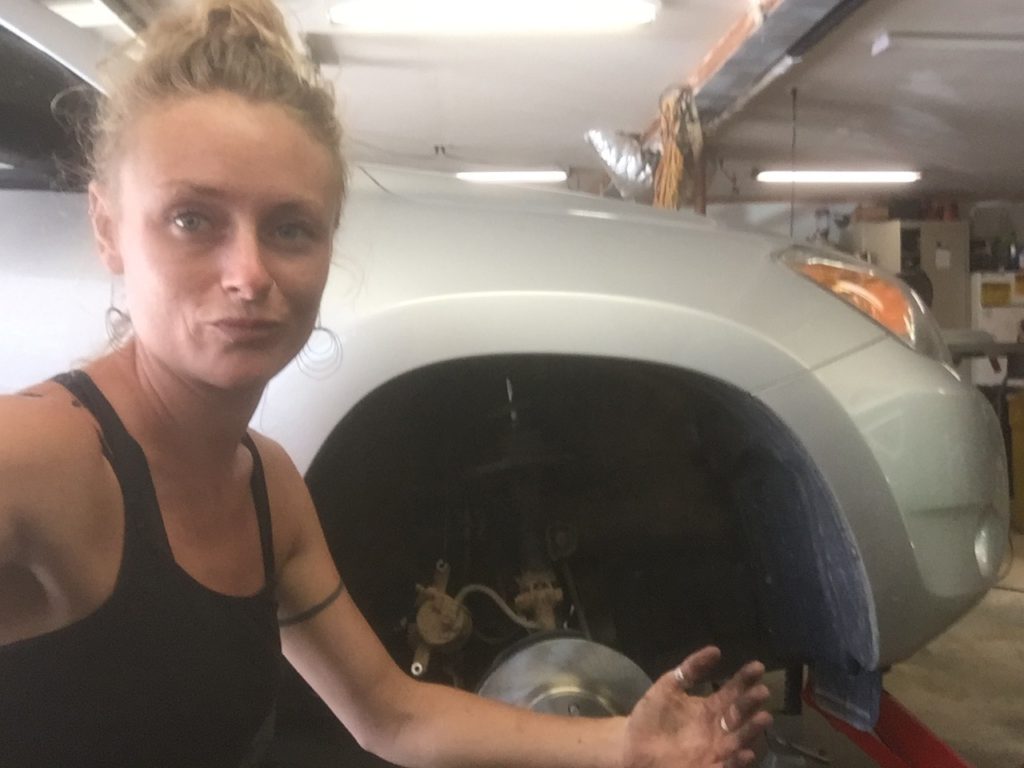
I mow approximately an acre. With a push-mower. I understand the lawn isn’t, technically, necessary. However, it helps keep the bugs down, or so I tell myself. In Deerton, bugs are a constant battle. I will also argue the lawn was mowed this way before, and it’s easy to follow the yard line. I also love how it looks. Untamed wilderness at the lawn’s edges makes a startling contrast to thick, impenetrable brush and trees forming a border around the yard line.
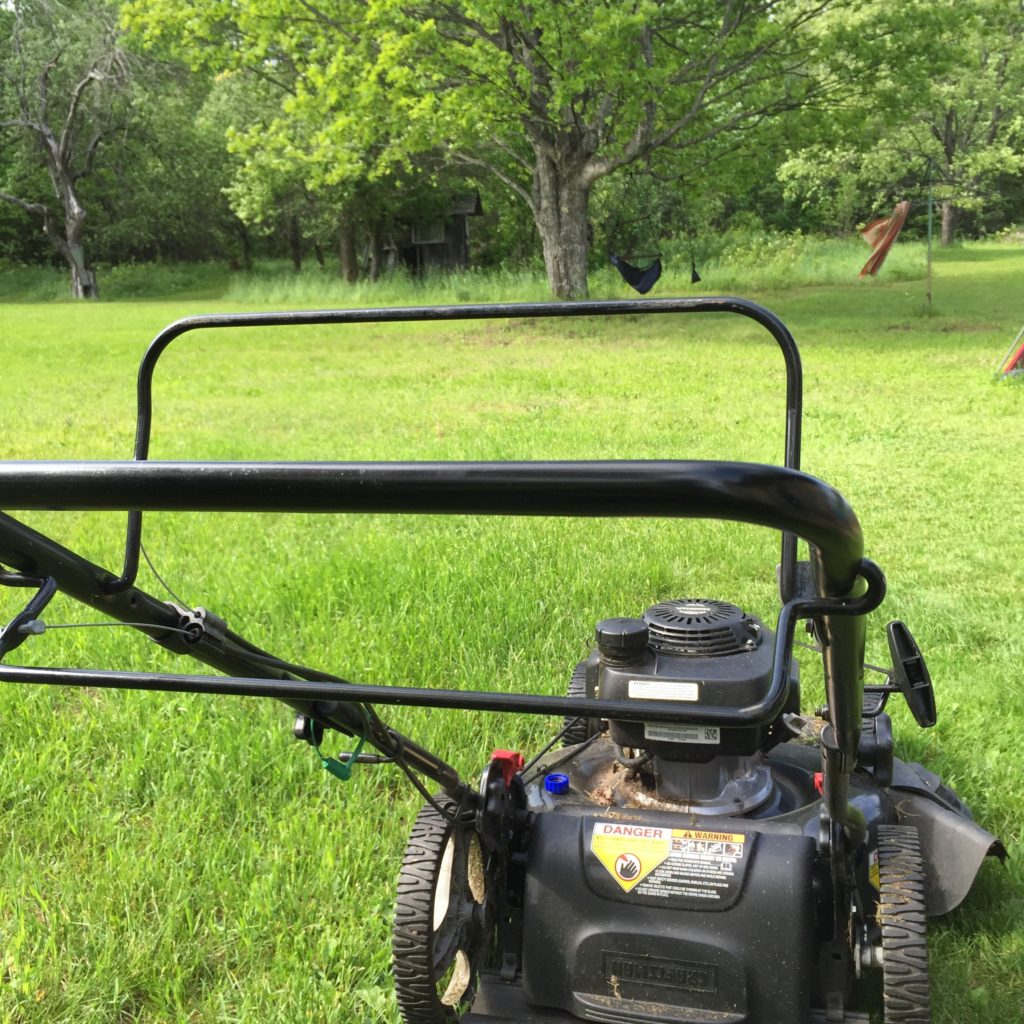
I learned how to use both a push and riding lawnmower when I lived with my husband. I liked the rider, as I could have a beer or glass of wine and enjoy my yard one, ever-smaller, concentric circle at a time.
My cabin didn’t come with a mower, so I went down to a dealer in Skandia and looked for something used, aka in my teensy-tiny budget. When I walked into the show-room a gentleman was in the process of buying the only used one available, but changed his mind at the last minute, and for $150 the mower was mine.
I arrived home, unloaded the mower, and surveyed the waving grass blades and bobbing daisy heads. I had just purchased my first lawnmower. Before me were hundreds of laps around the rocky yard, a lot of bug bites, and moments of deep satisfaction, sipping wine and surveying the results of my efforts.

The work is hard–the yard dips and plunges. It’s full of rocks, and unexpected tree stumps popping out of tall grass to quickly stop a mower blade. The bugs are horrendous: black flies, mosquitoes, horse flies, deer flies. I’ve often eaten as many as five mosquitoes in a couple hours just opening my mouth for a deep breath.
But somehow, I don’t mind that much. Perhaps it’s doing it myself; a sense of accomplishment; stubborn pride; single woman goal achievement; forced exercise; a chance to touch each inch of the land I own and inhabit.
The lawnmower wasn’t my first triumphant act, and it certainly won’t be the last.
I learned how to use a weed wacker, switch the propane tank for the two-burner stove, change the water filter, build stone walk-ways, swap my brakes (with assistance), and carpentry work will soon be an addition to the list.


My education came out of necessity–I don’t have money to hire someone to do these things, and I’m perfectly capable of learning. But the honest truth is: I probably wouldn’t have learned if I didn’t have to.
My mother asks: “How can you stay alone there, night after night?”
Because I have to. Because it’s my home. Necessity.

I lost my fear of the dark. I lost my fear of being alone. Because I had to–either that or leave my home–give it up to fear.
Many times, I’ve thought of my dear friend Dorothy who lived alone in a cabin in the Canadian woods after her husband passed away. Children grown, she stuck it out there for several years before moving closer to town. She lived rustic, created a garden, hauled water, and enjoyed her space–her solitude.
It becomes something you wrap around yourself. Something you own. Out of what is, sometimes, the agony of necessity, comes strength to walk across the pitch-dark yard without a flashlight, and never consider needing one.
